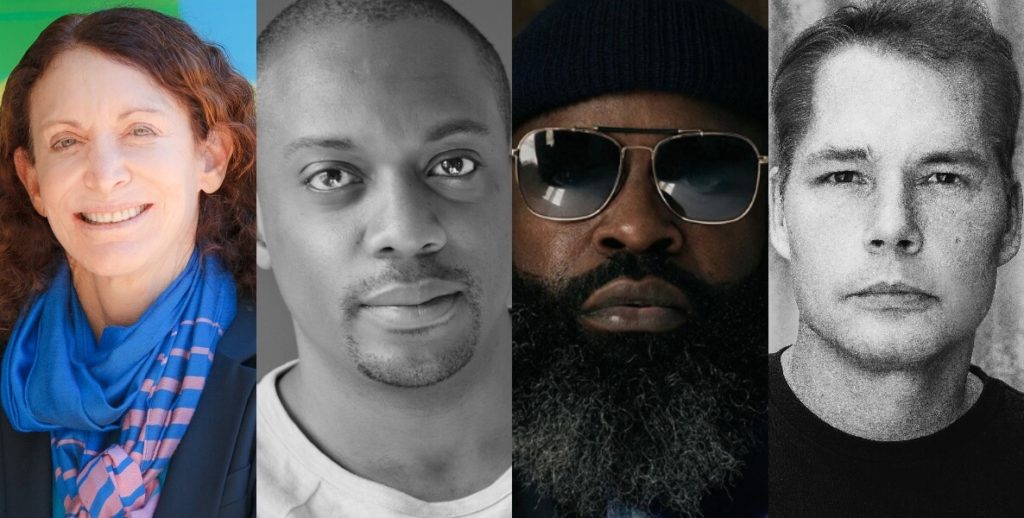Change, as they say, doesn’t happen in a vacuum. It also doesn’t happen by just voting in the right politicians. (Though … voting certainly helps, America.) No, the reality is that large-scale cultural change comes, well … from the culture itself.
Artists—musicians, filmmakers, writers, poets, painters, printmakers—have always played an outsized role in the movements that have shifted and shaped us as a country, from Harriet Beecher Stowe to Marian Anderson to Mahalia Jackson to Norman Rockwell to Bob Dylan to Audre Lorde to Ava DuVernay and so on, and on.
In fact, for upwards of 35 years now, the conviction in the wide-reaching power of art has driven Golden and her nonprofit, changing lives in the process.
Mural Arts artists have included students, incarcerated and returning citizens, Philadelphians experiencing homelessness or trauma … to name just a few groups.
The organization’s mission says it all: “Through participatory public art, Mural Arts Philadelphia inspires change in people, place, and practice, creating opportunity for a more just and equitable Philadelphia.”
It’s no accident that the organization focuses on themes of restorative justice, community and individual healing, and empowering our youth.
But on a city level and beyond, how, exactly, does art lead to large-scale social progress? And what role does art have in changing today’s divided America? Who’s making the art that will change the conversation, the art that will make history?
On Tuesday, December 8, as part of The Citizen’s 3rd annual Ideas We Should Steal Festival, you can join Golden in conversation about these ideas with three famous, fascinating artists who have deeply personal takes on art as a mechanism within movements and a catalyst for social change.
Shepherd Fairey, the renowned street artist and activist, defined the 2008 election season and the mood of a generation of voters with his iconic HOPE poster, and has since created more meaningful, deeply political art, some of which are on display in the Smithsonian in Washington, D.C., the Los Angeles County Museum of Art and the Victoria and Albert Museum in London.
His raison d’être, as he told Smithsonian magazine not long after Obama’s election, is to reach people in fresh ways. “My idea about the role of artists is to get people to look at things in a way that’s different than the way they normally would if they are being told how to think, what to do. I think when people receive information through art they are more open-minded.”
Tariq “Black Thought” Trotter of The Roots—favorite Philly son, one of the world’s greatest rappers, lifelong artist—has been writing lyrics since he was 9. One of the jobs and mission statements of hip-hop, he once observed, is to address the politics of the day, “to be informative in that way. To sort of be that sounding board, and reflect the times. To be critical of the culture in that way.”
Hank Willis Thomas, famed conceptual artist, is perhaps most known in Philly for All Power To All People, which first existed as an eight-foot monument of an Afro pick that was installed next to the Frank Rizzo statue back in 2017 “to highlight ideas related to community, strength, perseverance, comradeship, and resistance to oppression,” he said.
In October, he installed a 25-foot version of All Power To All People in West Philly, at 52nd Street. The banner at the site of the installation explains the upsized piece: “Public monuments have a higher charge now. They can celebrate a specific individual, or a group of people, but they should also invite a broader conversation about how a memorial can connect to the rest of the world and represent its people.”
Join us for a live conversation between these luminaries on Tuesday, December 8 at 5:30 p.m. Tickets are available here. And be sure to check out the full schedule for our 3rd annual Ideas We Should Steal Festival here.

